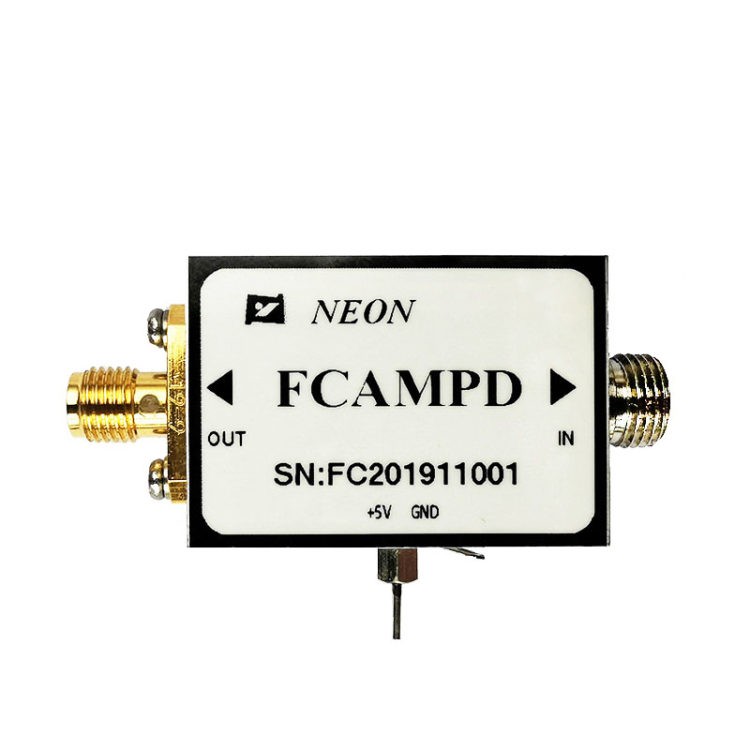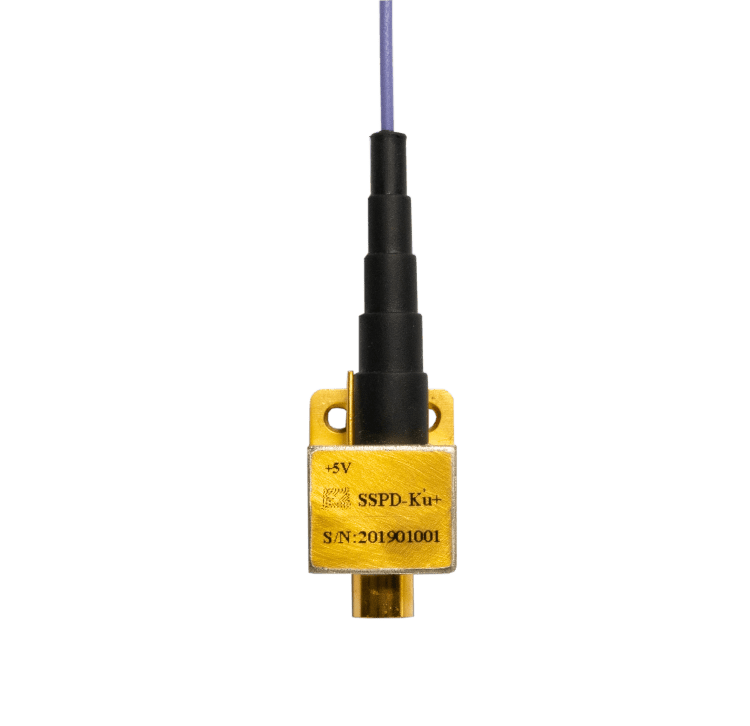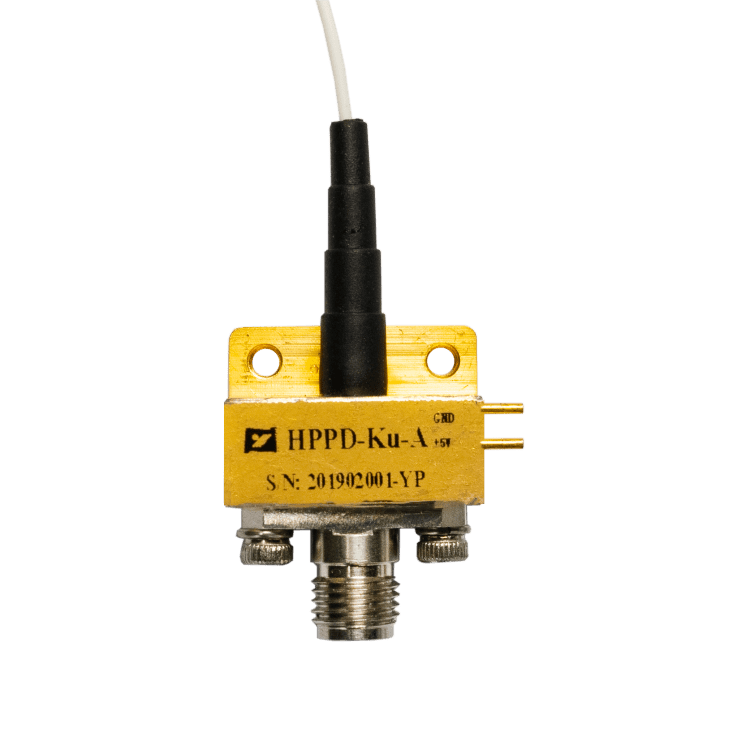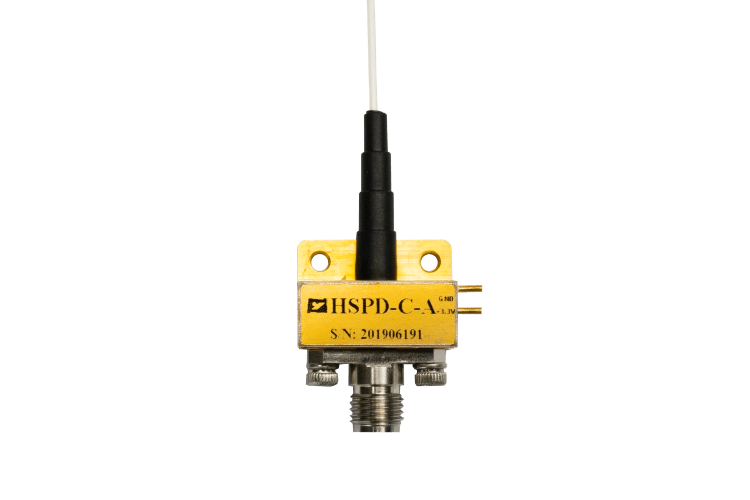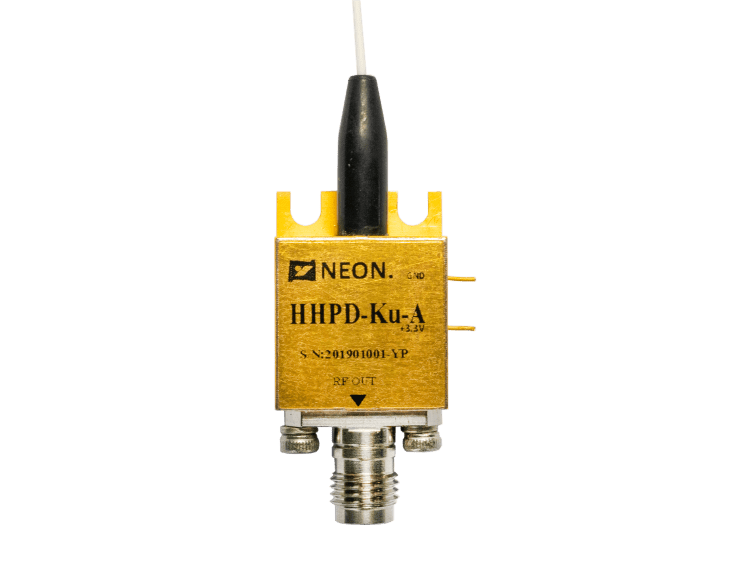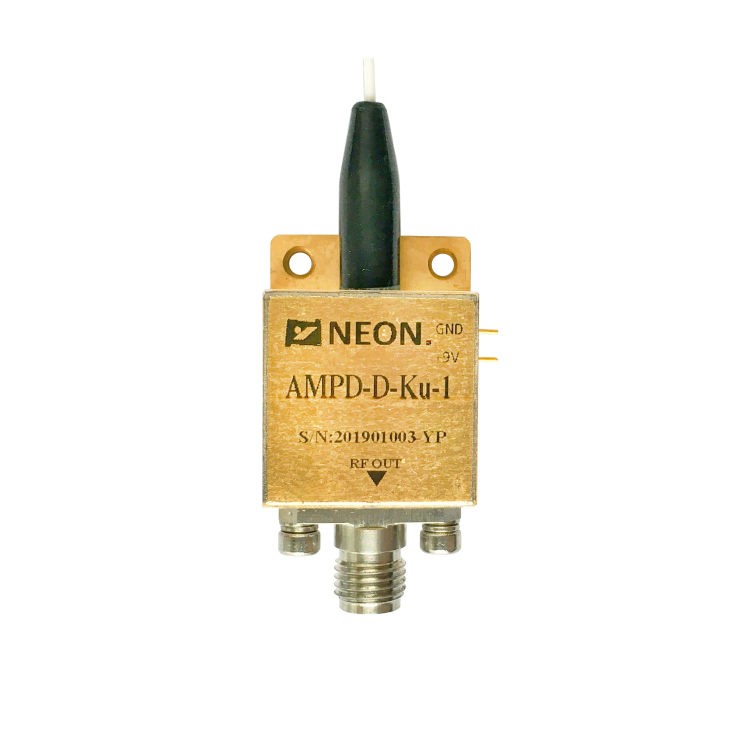Balanced Detector – Semiconductor Photodetector
A photodetector is a light-receiving device with a photoelectric conversion function. There are many types of photosensitive devices, including photoresistors, photodiodes, phototransistors, photothyristors, integrated photosensitive devices, etc.; avalanche and non-avalanche types; PN junction, PIN junction, and heterojunction.
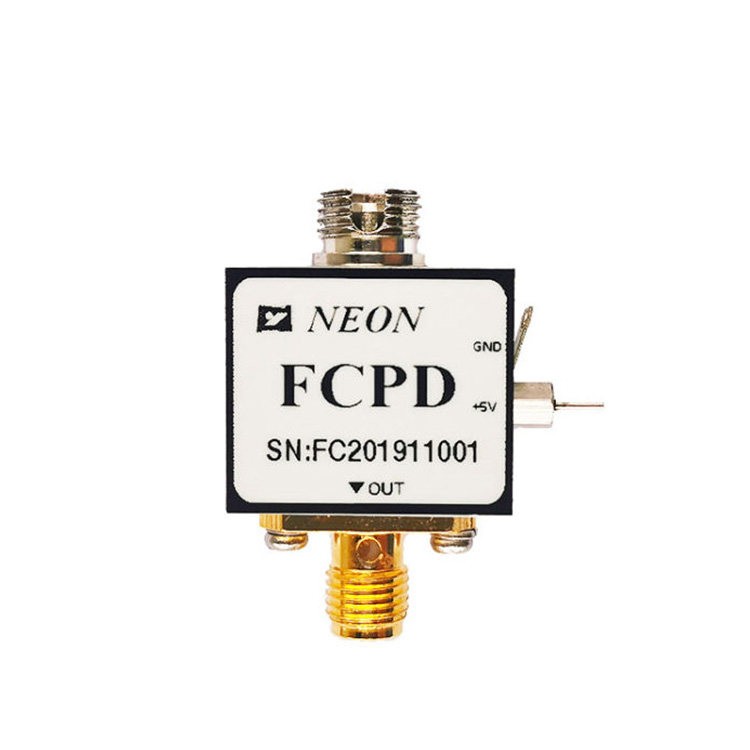
Due to the fast response speed, small size, and small dark current of the photodetector, it is widely used in optical fiber communication systems, optical fiber testing systems, optical fiber sensors, optical isolators, color TV optical fiber transmission, TV image transmission, photodetectors of fast light sources, It has been widely used in the detection of weak optical signals, the receiving device of laser range finder, photoelectric measurement and photoelectric transformer in high voltage circuit, computer data transmission, photoelectric automatic control, and optical measurement.
Semiconductor photodetectors are devices made of semiconductor materials that can receive and detect optical radiation. When light irradiates the photosensitive area of the device, it can convert the optical signal into an electrical signal, which is a photometric element with a photoelectric conversion function. It has important and extensive applications in national defense and industrial and agricultural production.
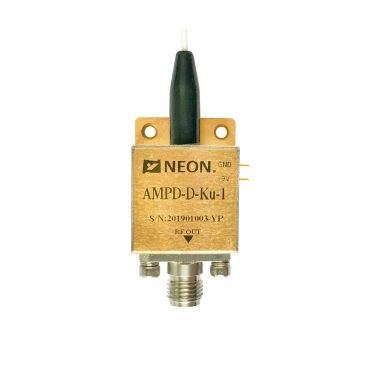
Semiconductor photodetectors can be divided into two types: photoconductive and photovoltaic. Photoconductive type refers to various semiconductor photoconductors, namely photoresistors; photovoltaic types include photocells, P-N junction photodiodes, PIN photodiodes, avalanche photodiodes, photodiodes, etc. This paper first introduces the composition of the optoelectronic system, then introduces its working principle and characteristics, and finally compares the two types of detectors.
Components of an Optoelectronic System
The modern optoelectronic system is very complex, but its basic components can be encoded by the encoder and then added to the modulator to modulate the light emitted by the light source, and the modulated light is sent out by the transmitting optical system.
The transmitting optical system is also called the transmitting antenna, because the light wave is an electromagnetic wave, and the function of the transmitting optical system is the same as that of the radio transmitting antenna. The transmitted optical signal passes through the transmission medium, such as the atmosphere, and reaches the receiving end. The receiving optical system or the receiving antenna focuses the light on the photodetector. After the photoelectricity is transmitted over a long distance, it will be attenuated, so that the received signal is generally very weak. Therefore, it is necessary to amplify it with a preamplifier, then decode it, restore it to the original signal to be transmitted at the sender, and finally display it on the terminal display.
Principles of Semiconductor Detectors
- Photoconductive detector
The photoconductive detector is mainly detected by the change of the negative value. I will introduce its working principle by taking the photoresistor as an example.
The photoresistor, also known as the light pipe, has no polarity and is purely a resistive device. It can be used with either a DC voltage or an AC voltage. When there is no light, the value of the photoresistor (dark resistance) is large, and the current (dark current) in the circuit is small. When the photoresistor is exposed to light in a certain wavelength range, its resistance (bright resistance) decreases sharply, and the current in the circuit increases rapidly.
Generally, it is hoped that the larger the dark resistance, the better, and the smaller the bright resistance, the better. At this time, the sensitivity of the photoresistor is high. The dark resistance value of the actual photoresistor is generally at the megohm level, and the bright resistance is below several thousand ohms.
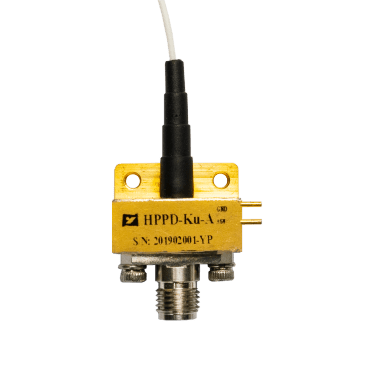
- Photovoltaic detector
Photovoltaic detectors are based on the principle of generating a potential difference from light and measuring the potential difference. It is divided into two types: photocells and photodiodes. Photocells are mainly devices that convert light energy into electrical energy. At present, there are selenium photocells, silicon photocells, gallium arsenide, germanium photocells, etc., but silicon photocells are currently the most widely used. Photodiodes are divided into P-N junction photodiodes, PIN photodiodes, avalanche photodiodes, photodiodes, etc.
Below I will introduce its working principle and its characteristics separately.
1) P-N junction photodiode
2) PIN photodiode is also known as a fast photodiode. Compared with ordinary photodiodes, it has a different time constant and makes the spectral response range shift to the long-wave direction, and its peak wavelength can be shifted to 1.04~1.06 um and corresponds to the emission wavelength of the YAG laser. It has the advantage of high sensitivity, so it is usually used for low-light detection (linear).
It is composed of a layer of intrinsic semiconductors sandwiched between a P-type semiconductor and an N-type semiconductor. Because the intrinsic semiconductor is similar to the medium, this is equivalent to increasing the distance between the two electrodes of the junction capacitance of the P-N junction, making the junction capacitance very small. Secondly, the width of the depletion layer in P-type semiconductors and N-type semiconductors widens with the increase of reverse voltage, and the junction capacitance also becomes small with the increase of reverse bias voltage.
Due to the existence of the I layer, and the P region is generally made very thin, the incident photons can only be absorbed in the I layer, and the reverse bias voltage is mainly concentrated in the I region, forming a high electric field region, and the photogenerated carriers in the I region are Under the action of a strong electric field, the motion is accelerated, so the carrier transit time constant is reduced, thereby improving the frequency response of the photodiode. At the same time, the introduction of the I layer enlarges the depletion region, broadens the effective working area of photoelectric conversion, and improves the sensitivity.
- Avalanche photoelectric secondary
The tube avalanche photodiode (APD) uses the avalanche effect of photogenerated carriers in the high electric field region to obtain the photocurrent gain. It has the advantages of high sensitivity and fast response. It is usually used in laser ranging, lidar, weak Light detection (non-linear).
The process of APD avalanche multiplication is: when a considerable reverse bias is applied to the PN junction of the photodiode, a very high electric field will be generated in the depletion layer, which is sufficient for the photogenerated carriers drifting in the strong electric field region to obtain With sufficient kinetic energy, new electron-hole pairs will be created by collision with lattice atoms.
The new electron-hole pairs move in opposite directions under the action of a strong electric field and may collide with atoms again to generate new electron-hole pairs during the movement. Repeating this, an avalanche-like multiplication of carriers is formed. This process is the basis of APD’s work.
APDs generally operate at a reverse bias voltage slightly lower than the reverse south penetration voltage value. In the absence of light, the avalanche multiplication effect does not occur at the p-n junction. However, once the junction region is illuminated by light, the excited photo-generated carriers are accelerated by the critically strong electric field, resulting in avalanche multiplication.
If the reverse bias voltage is greater than the reverse breakdown voltage, the gain of the photocurrent can reach (ten to the sixth power), that is, “self-sustained avalanche multiplication” occurs. The shot noise present at this time can increase the noise level of the amplifier, rendering the device unusable.
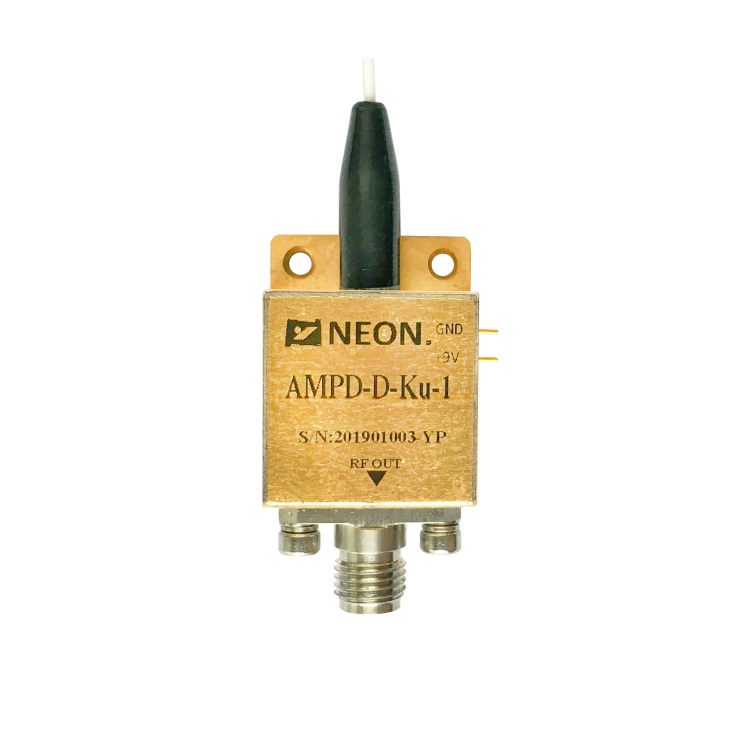
The above is the principle and general classification of photodetectors. Of course, with the continuous development of technology, I think the technology of photodetectors will become more and more mature, and the price of photodetectors will become lower and lower. Our company NEON is a professional manufacturer of photodetectors and balanced photodetectors. If you need high-quality photodetectors, please contact us, our products will never let you down.


